The fact that on January 1st at 6 am we needed to arrive from Copacabana (which was literally isolated, blocked and no car access due to the celebration of New Year’s Eve) to the airport, can confirm that our trip around Brazil wasn’t easy at all. Fortunately the taxi were allowed to pass through the main streets of Copacabana, so we stopped a random taxi in the middle of the street and went to the airport.
Rio de Janeiro has a direct flights to Salvador de Bahia and the flight takes about 2 hours, between Rio and Bahia there is one hour difference in time zone. On the airport of Bahia there is free wifi. If you are at least a group of three people I advise you to catch a taxi from the airport to the city center which will cost you around R $ 60/70.
We had only 10 hours to spend in Bahia, because it was our stop between Rio and the northeastern parts of Brazil. If you want to see the historical part of the city (Pelourinho) which is protected by UNESCO, 10 hours are more than enough.
Bahia is a city where the Afro Brazilian culture is most concentrated. Here in the past there was the biggest market of slaves. Salvador de Bahia was the first capital of Brazil. Today in Pelourinho the number of inhabitants is really reduced, so after dark is not recommended to walk alone around especially with a camera or phone in your hand, we even had several warnings from people who just came to us and warned to not walk down to some street, and to be careful. We arrived in Bahia on January 1st in the morning, the city was really empty and almost everything was closed.
We had the opportunity to walk through the streets with colonial buildings in different colors. On the main square there is the house where it was filmed the video of Michael Jackson – “They don’t care about us”.
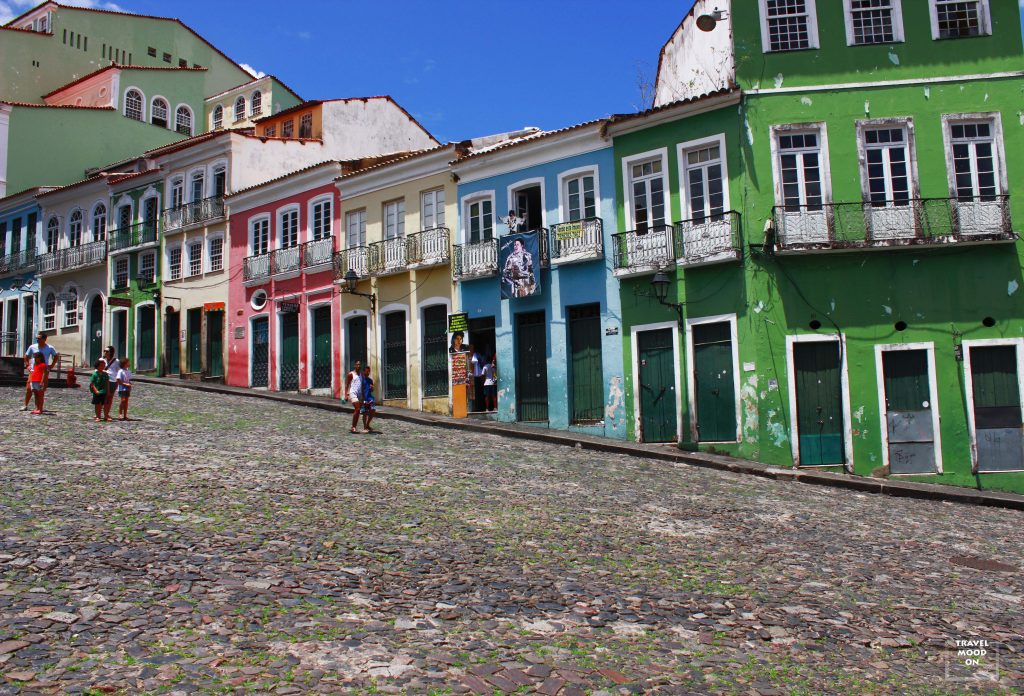
Time ago I read a book by a famous Brazilian writer Jorge Amado, born right here in Bahia, the book impressed me so much that I started dreaming about visiting Bahia one day. In his books he describes very well the region, exactly as it is, so you can make a real image about the place. And not only the historical part of the city, but also the coastline of this region offers many paradise beaches and tropical landscapes. On the main square in Pelourinho you can also visit the house museum of Jorge Amado.
After a short walk through the streets we sat down to eat in one of the few open restaurants. The prices weren’t so cheap, but still good because it was a restaurant. Something typical of the Bahia’s cuisine that you need to try is moqueca and farofa. In front of the restaurant we met a guy who gave us bracelets. Those bracelets are the typical for Bahia. Each bracelet has different color and each color has some meaning. Mine was dark green and it means money and growing.
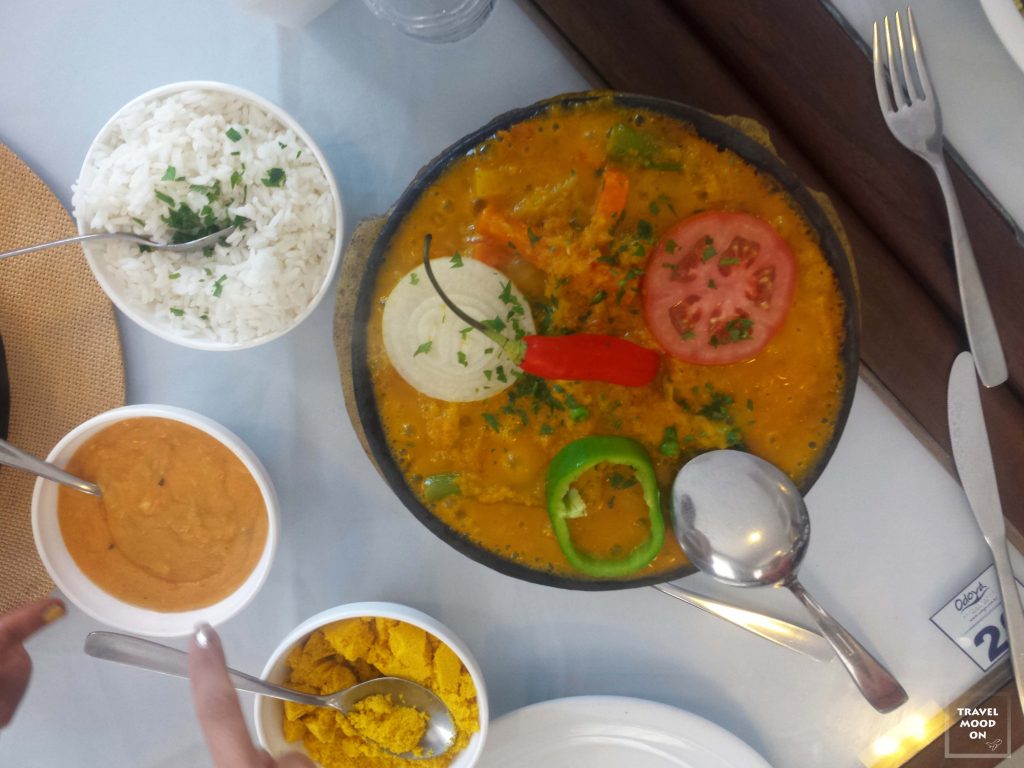
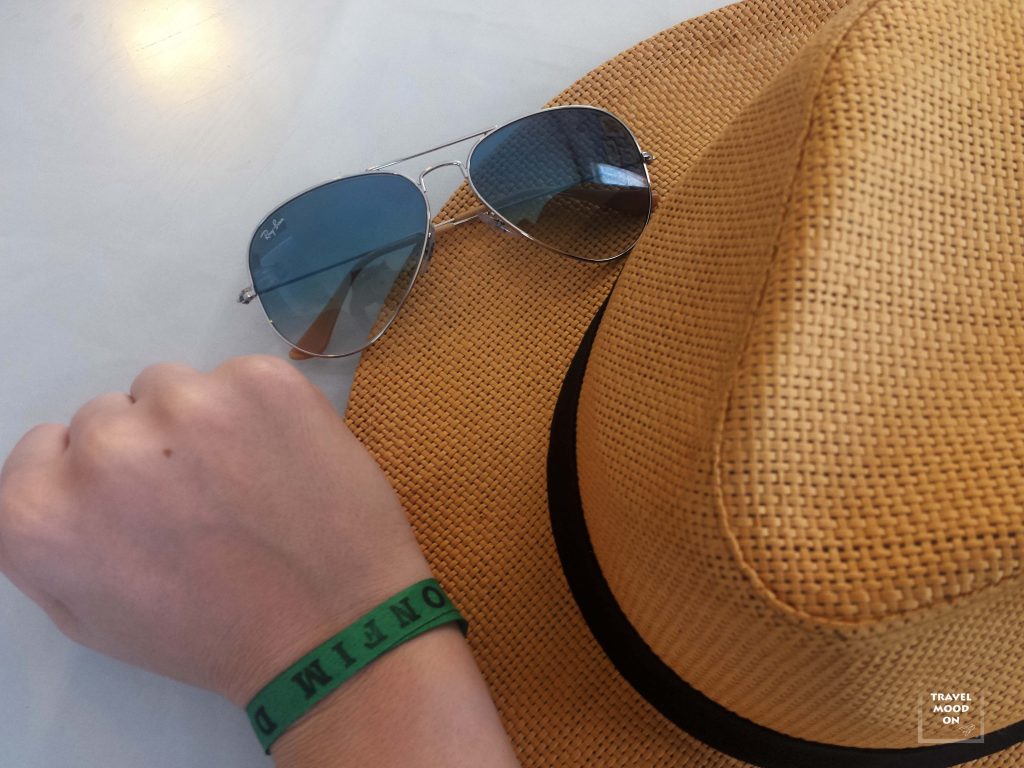
The tradition with the bracelets has an african origin, they believe that the bracelets bring happiness and success. The guy ties three knots and on each knot you make a wish, you have to wait that the bracelet fall down alone, if you cut it by yourself it brings bad luck. There are people everywhere around that give these bracelets as a gift to people. In front of the most famous church in Bahia, Nosso Senhor do Bonfin, you will notice a wall full of these bracelets and people coming from everywhere, buying bracelets and hung on the wall for health and happiness. The celebration of Bonfin is the second largest celebration in Bahia after the Carnival.
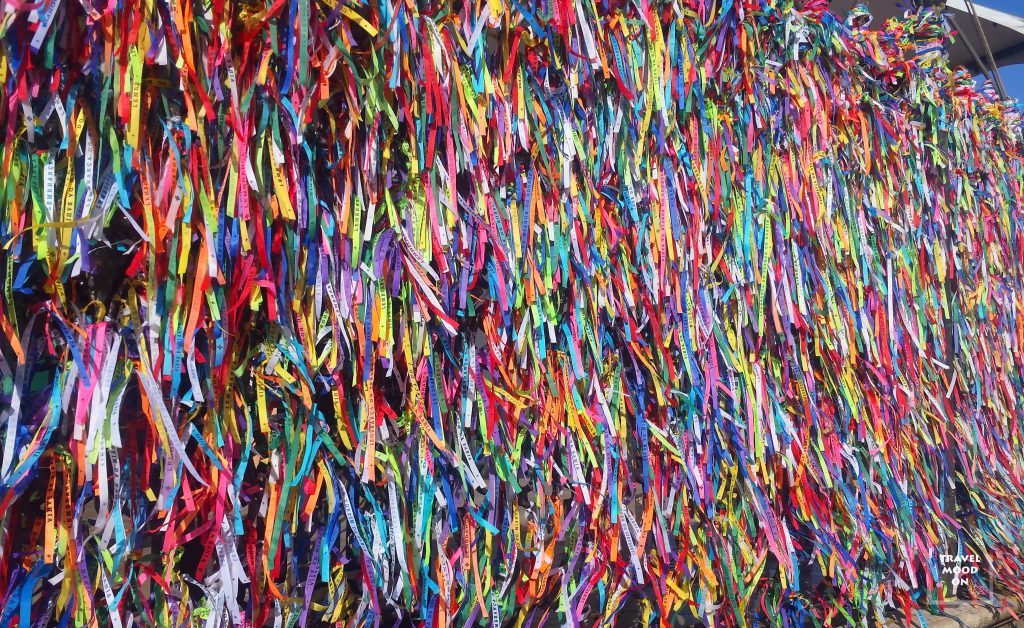
The Carnival in Bahia is one of the most famous in Brazil, very often people from other cities of Brazil come to Bahia to celebrate carnival and to have a good party. In Bahia, except the historical part of Pelurinho and the church of Bonfin, we didn’t see anything else. That is because we had a crazy bus ride adventure from Pelurinho to Bonfin. We thought it was 10/15 min ride and in the end it was about one hour. The bus was going through the most terrible and dangerous neighborhoods of Bahia. We were the only tourists in the bus during the whole ride, but thanks God in the end everything was ok. So if you have short time in Bahia I recommend you to stay only in the historical part of the town. The girl who worked at the tourist information didn’t warned us that the church is far if we go by bus, plus she told us that from there you can visit the famous lighthouse and take a walk by the sea.
When we decided to walk down from Bonfin church toward the lighthouse, after five steps, a local man stopped us and told us to be careful and to not go there, it was dangerous. I don’t know what it was, but only in Bahia we were warned several times in ten hours, it was really weird. After our journey to Bonfin, we decided to go back to the historical part by taxi. Once we got back safe in Pelurinho, we already noticed more people on the streets, and more barakas who were selling drinks and local food. We sat down on the table in front of the Kety’s baraka and had a tapioca. Prices in Bahia are quite lower than Rio for food and souvenirs.
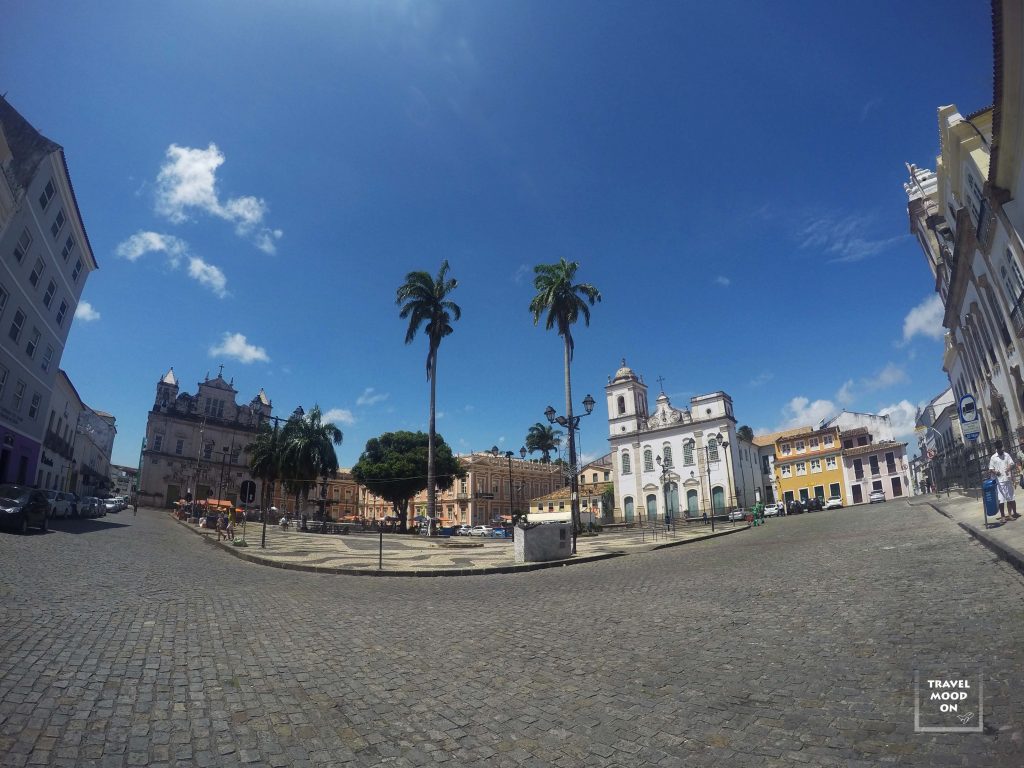
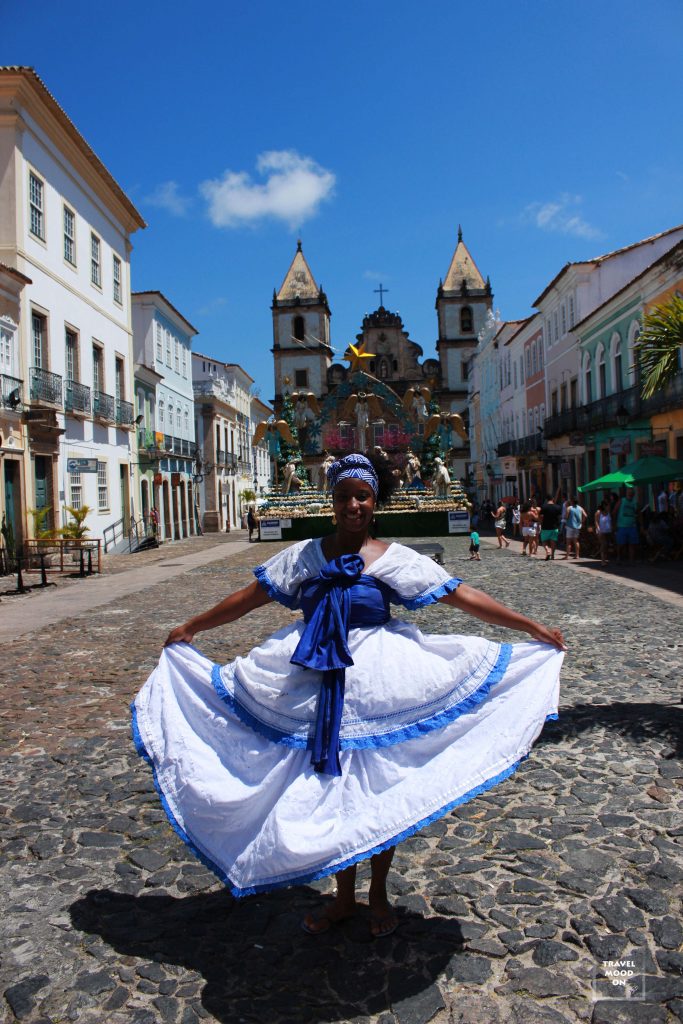
The conclusion after our day that we spent in Bahia: we had an interesting experience, we have seen an interesting place, tried delicious food and we had an adrenaline ride with a local bus. I liked everything what I saw there, but to explore the whole region for sure you need more time, especially the coast where there are definitely some of the most beautiful beaches in Brazil. While I am dreaming about another holiday in Bahia, we took the taxi to the bus station where we were supposed to catch the night bus to Maceio. The same problem here, no one was speaking English, but we managed to find what we needed with my Portuguese which was getting better and better. The bus trip to Maceio takes about ten hours and costs around 45 dollars, fortunately the bus has seats that you can transform in bed, air conditioning and wifi.
Next stop – Maceio, Maragogi Porto de Galinhas